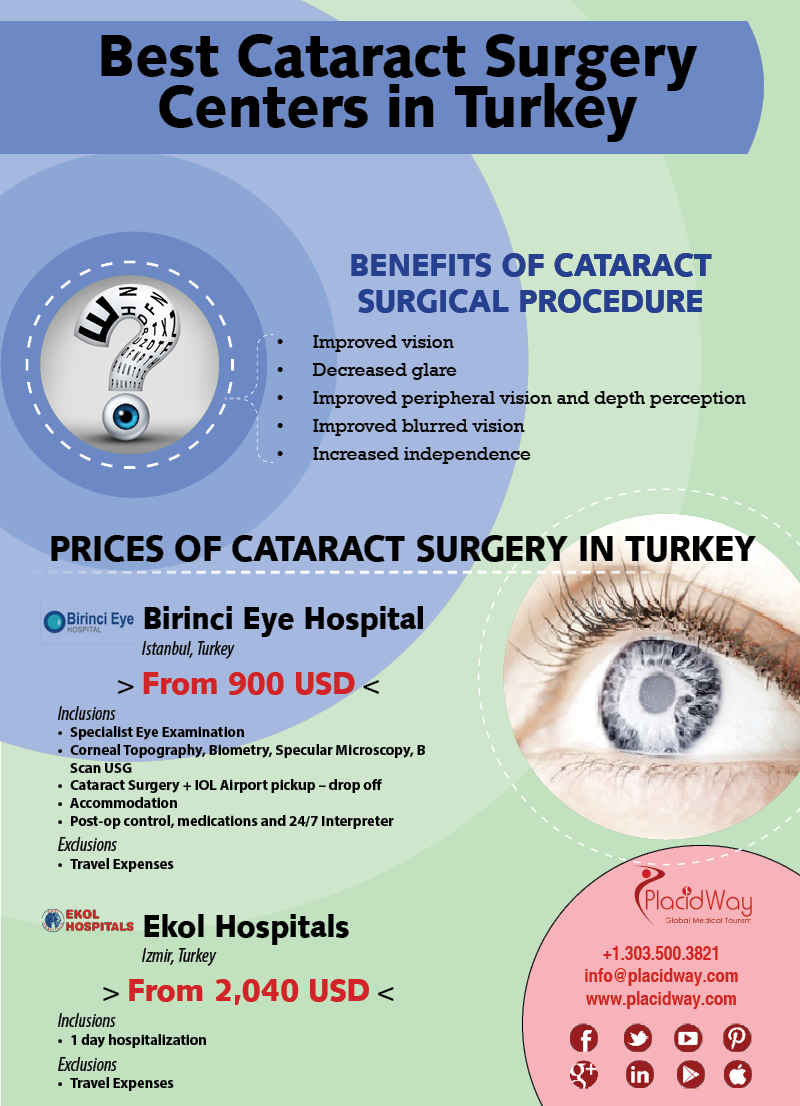Curious About The Differences Between SMILE, LASIK, And PRK Eye Surgical Treatments?
Curious About The Differences Between SMILE, LASIK, And PRK Eye Surgical Treatments?
Blog Article
cataract surgery questions -Weber Waller
If you have actually been thinking about SMILE eye surgery, you might wonder how it compares to LASIK and PRK. Each treatment has its very own collection of benefits and considerations. From Ophthalmologist, Eye Doctor, Optometrist to potential risks, there are essential distinctions you need to be aware of prior to choosing. Recognizing these differences will help you make an informed choice that aligns with your particular demands and assumptions. Curious to recognize even more about how these treatments compare thoroughly? Go on discovering to acquire an extensive understanding of SMILE, LASIK, and PRK.
SMILE Eye Surgical Treatment Overview
If you're thinking about SMILE eye surgical procedure, you'll find it to be a minimally intrusive treatment with a quick recovery time. Throughout SMILE (Small Cut Lenticule Extraction), a laser is utilized to develop a small, accurate laceration in the cornea to eliminate a tiny piece of tissue, reshaping it to remedy your vision. This differs from LASIK, where a flap is produced, and PRK, where the external layer of the cornea is completely eliminated.
Among the key benefits of SMILE is its minimally invasive nature, leading to a faster healing process and less pain post-surgery. The recovery time for SMILE is fairly quick, with many individuals experiencing improved vision within a day or 2. This makes it a prominent choice for those seeking a convenient and effective vision modification treatment. In addition, SMILE has actually been shown to have a lower threat of dry eye syndrome contrasted to LASIK, making it a favorable choice for people worried about this potential negative effects.
Distinctions In Between SMILE, LASIK, and PRK
When contrasting SMILE, LASIK, and PRK eye surgeries, it is very important to understand the distinct techniques used in each procedure for vision improvement.
SMILE (Little Incision Lenticule Extraction) is a minimally invasive treatment that includes producing a tiny cut to extract a lenticule from the cornea, improving it to remedy vision.
LASIK (Laser-Assisted In Situ Keratomileusis) includes developing a slim flap on the cornea, making use of a laser to reshape the underlying cells, and after that rearranging the flap.
PRK (Photorefractive Keratectomy) gets rid of the external layer of the cornea prior to improving the tissue with a laser.
The main difference depends on the means the cornea is accessed and dealt with. SMILE is flapless, making it an excellent alternative for people with thin corneas or those associated with contact sporting activities. LASIK offers quick aesthetic recovery because of the flap creation, yet it may present a higher risk of flap-related problems. PRK, although having a much longer healing duration, stays clear of flap-related problems entirely.
Comprehending these variances is important in choosing the most suitable procedure for your vision correction needs.
Pros and Cons Contrast
To assess the advantages and disadvantages of SMILE, LASIK, and PRK eye surgeries, it's essential to think about the details benefits and possible restrictions of each procedure. SMILE surgery offers the benefit of a minimally intrusive procedure, with a smaller sized laceration and potentially quicker recuperation time contrasted to LASIK and PRK. It likewise reduces the danger of completely dry eye post-surgery, a common adverse effects of LASIK. However, SMILE might have constraints in treating higher degrees of myopia or astigmatism compared to LASIK.
LASIK surgery gives fast visual healing and very little pain during the procedure. It's highly reliable in dealing with a variety of refractive errors, including myopia, hyperopia, and astigmatism. Yet, LASIK lugs a risk of flap issues, which can influence the corneal structure.
PRK eye surgical procedure, while not as popular as LASIK, prevents producing a corneal flap, minimizing the threat of flap-related problems. It's suitable for clients with slim corneas or irregular corneal surface areas. However, PRK has a longer recuperation time and may include much more discomfort throughout the recovery process.
Final thought
So, when it concerns selecting in between SMILE, LASIK, and PRK, consider it like choosing the ideal pair of shoes. SMILE resembles a smooth, comfy pair of sneakers - fast and easy.
LASIK is extra like stylish high heels - fancy and quick, yet with some possible dangers.
PRK is like tough treking boots - reputable and resilient, but requiring a little bit even more time and effort.
Eventually, the best selection depends on your private demands and preferences.
